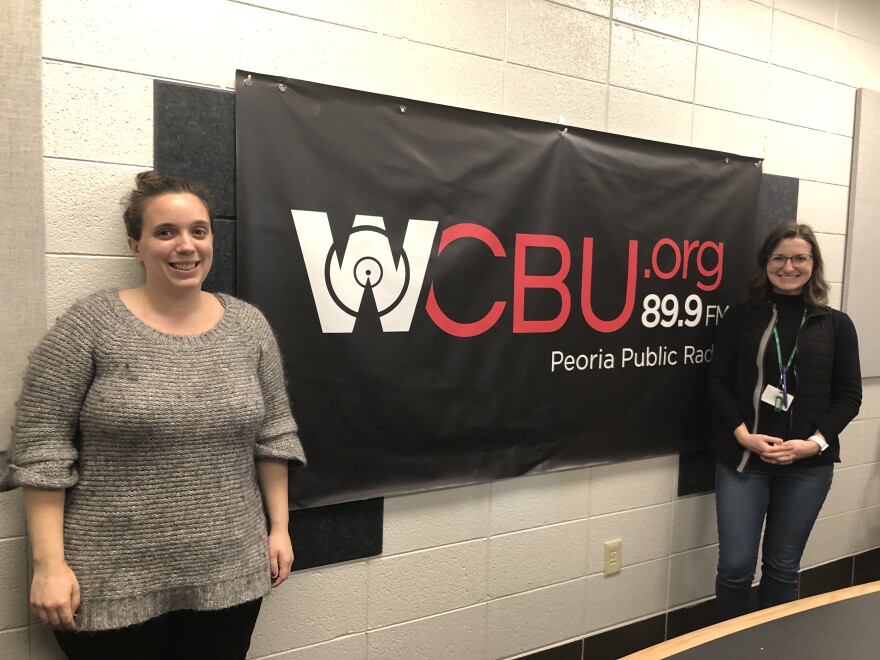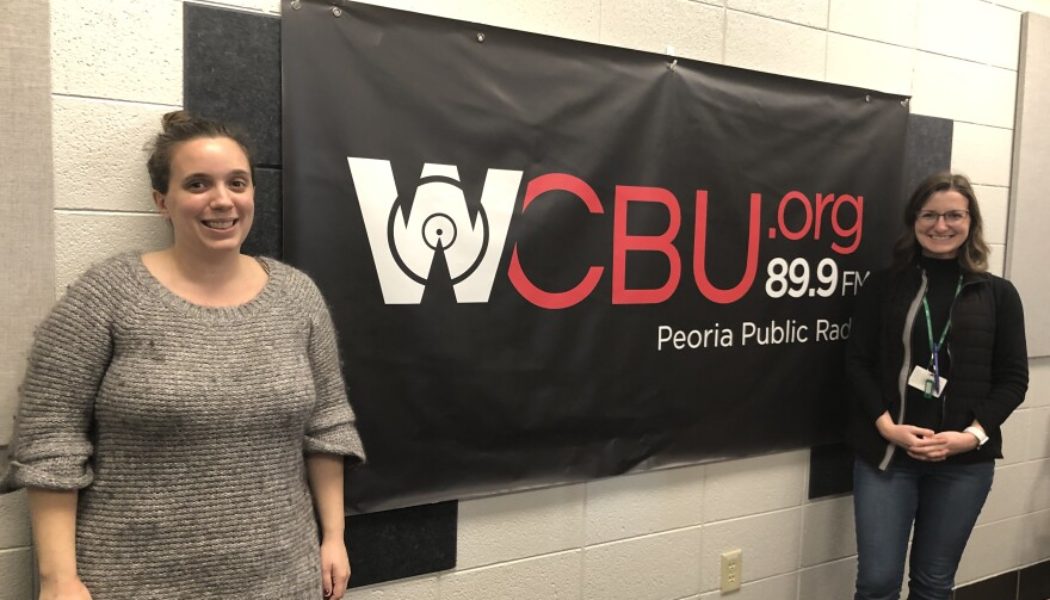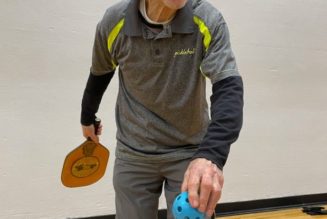Use of electronic cigarettes and other tobacco products among adolescents declined over the past year, and Tri-County health advocates see this as an indication that substance use prevention campaigns are working.
Jessica Johnson and Cheyanne Harper are health education specialists with the Peoria-based Hult Center for Healthy Living. The organization partners with Peoria Public Schools and other area districts on evidence-based programs to discourage vaping and smoking.
“We have programs for as young as fourth grade all the way through high school,” Johnson said.
According to a November report from the Centers for Disease Control and Prevention, their annual survey saw 10% of high school and middle school students saying they use tobacco. The use of e-cigarettes among high schoolers fell from 14% in 2022 to 10% this year, while vaping among middle schoolers held steady at 5%.
“It is great news that e-cigarette use is declining,” Johnson said. “There are a number of evidence-based youth programming interventions that have been developed over the past several years. So to me, it shows that multiple strategies are working, from the federal level down to state and down to a community level, to be able to educate youth on the risks of using e-cigarettes. So I think what we are doing is working; we just need to increase the scope and continue to reach the youth that are most at need.”
Harper said she believes kids are becoming more open to hearing about the risks associated with vaping and smoking.
“I think we’re seeing kids, teens, adolescents, being receptive to these messages because you’re seeing the data and the data is showing that these anti-tobacco campaigns, this public health education is working,” Harper said. “This is decreasing all round for tobacco use.”
Johnson said the students they educate are often engaged and inquisitive.
“They care; it’s relevant to them. Most of them know someone that vapes and they are open to the message about addiction and what chemicals are found in them,” Johnson said. “They especially get intrigued when we start talking about the marketing tactics, because the marketing tactics of e-cigarette companies are similar to what tobacco companies have used – and no one likes being tricked, not a young person and not an old person.
“So we kind of target different angles. We also talk about the cost, both financial and, of course, health-wise, there’s lots of costs. So overall, the engagement with students has been really high with the strategies that we’ve been using to talk to them, and teachers have had great feedback as well.”

Joe Deacon
/
WCBU
As part of a grant-funded Illinois Department of Public Health initiative called Illinois Tobacco-Free Communities, the Hult Center partners with the Peoria, Tazewell and Woodford county health departments to develop strategies aimed at reducing tobacco use. Johnson said part of the effort is to increase the number of smoke-free areas in the community.
“Studies have shown that tobacco-free spaces and implementing those can help reduce youth tobacco and e-cigarette use as well. So that is the focus of Illinois Tobacco-Free Communities,” Johnson said.
“So we work with college campuses, also outdoor events, any outdoor spaces like parks, apartment complexes, condos, etc. – anywhere that doesn’t already have a smoke-free policy called covered under state law, we work with them to either create one or create a more comprehensive one.”
Harper said she’s optimistic that the downward trend of tobacco use among adolescents will continue.
“I think the data speaks for itself, with great educators out there in the community passing the message, informing kids of the dangers of these products,” she said.
Johnson notes the Hult Center also can provide various options for teen tobacco users who trying to quit smoking or vaping.
“The one that we like to show during our presentations is the Truth Initiatives program. So with that program, it’s totally free and it’s all text-based on mobile devices,” Johnson said. “So youth can text ‘Ditch Vape’ to 88709, and then from there, they’ll be asked a series of questions. For example, there is a program available if youth do have a quit date in mind.
“But there’s also a program available if maybe they want to quit, but they’re not quite ready to. They’ll get a variety of supportive messages. There’s even, if someone does quit vaping, there’s eight weeks of supportive messages that happen post-quit date. So it’s a really great initiative that youth can do privately from their own mobile device to quit. There’s also great programs through the American Lung Association, Stanford Medicine toolkit, and others available through going online as well.”
We depend on your support to keep telling stories like this one. You – together with donors across the NPR Network – create a more informed public. Fact by fact, story by story. Please take a moment to donate now and fund the local news our community needs. Your support truly makes a difference.









